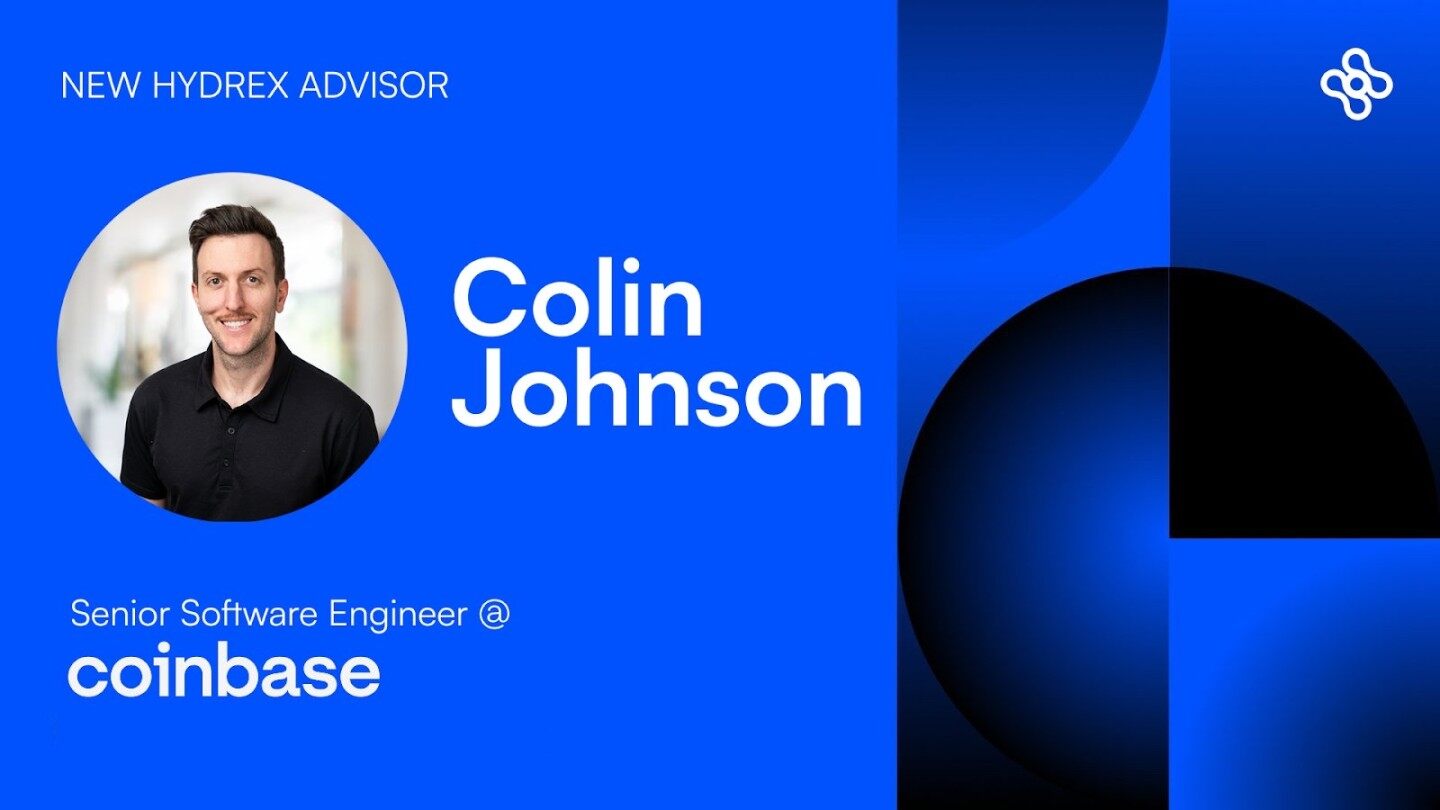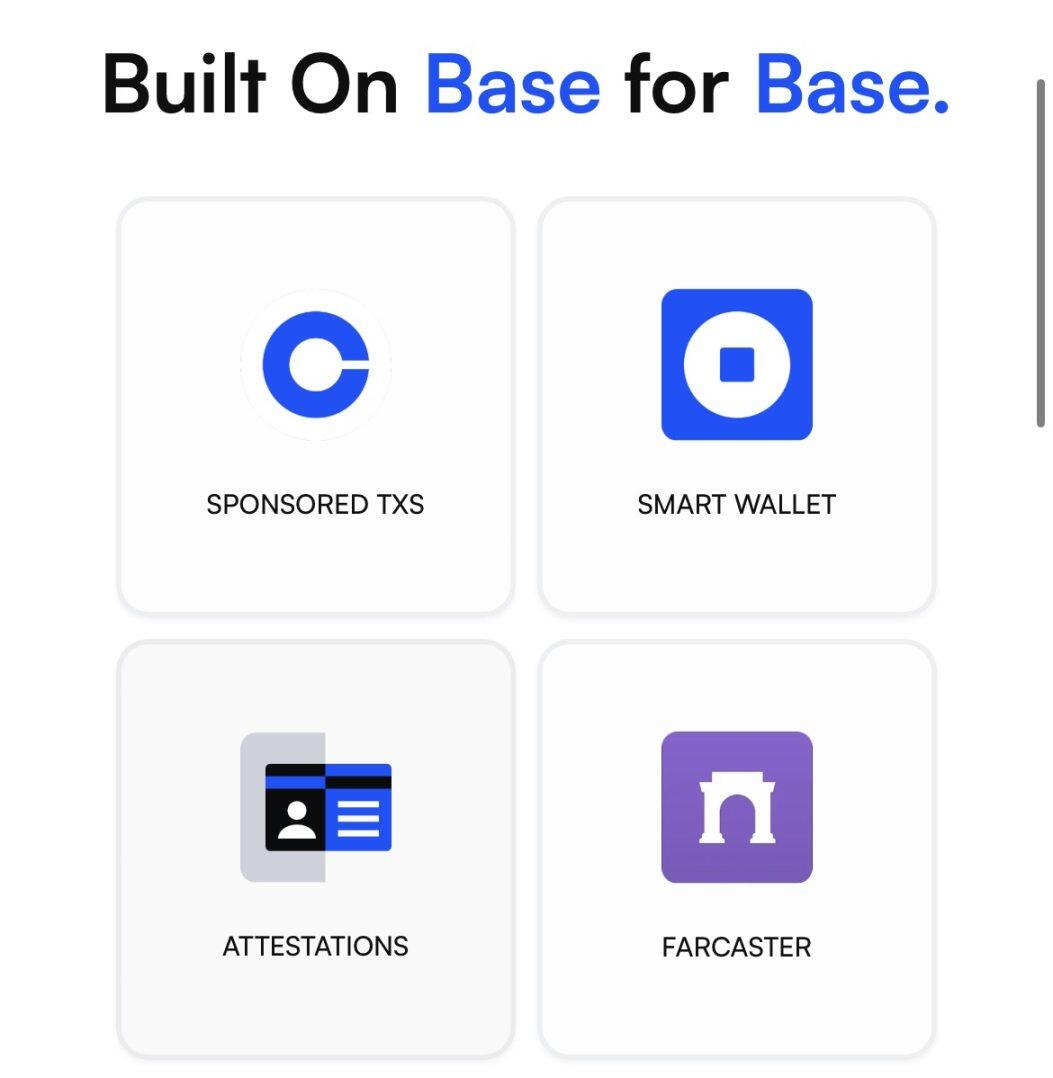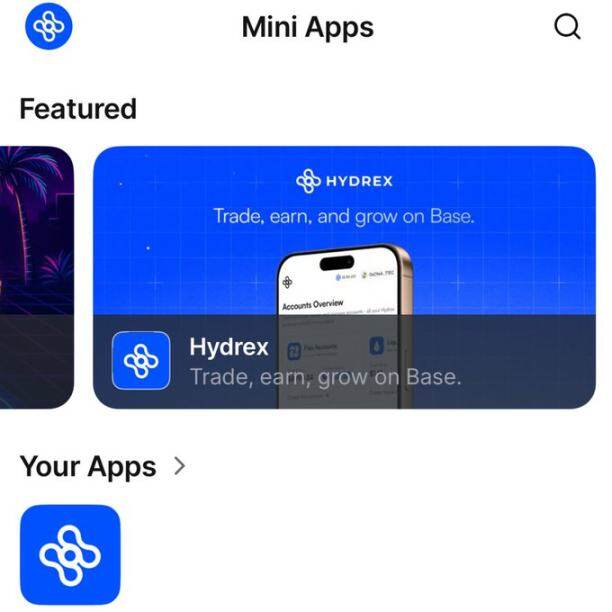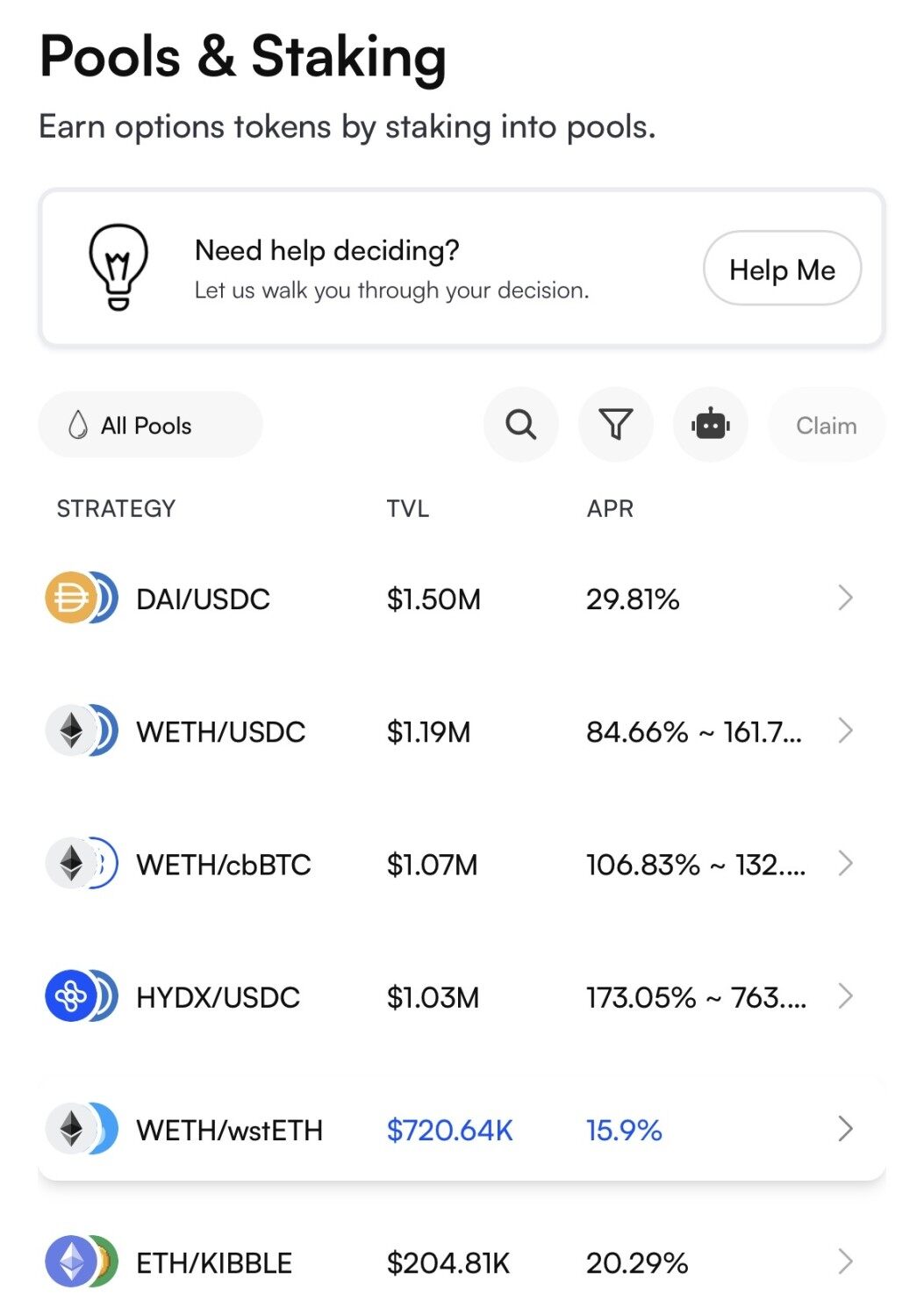Original Author: Nicky, Foresight News
On October 11, 2025, the cryptocurrency market experienced a significant decline; however, the token HYDX of the Base ecosystem project Hydrex surged against the trend, with a daily increase of over 40%.
Hydrex is positioned as the MetaDEX and liquidity infrastructure of the Base ecosystem, aiming to guide liquidity incentives and protocol revenue distribution through community governance. According to protocol data, Hydrex currently has a total locked value of $13 million, supports over 250 assets, and has a cumulative trading volume of $178 million, with nearly 2,000 user accounts.
Project Positioning and Core Functions
Hydrex's core positioning is as a "liquidity coordination system," designed to drive token distribution and protocol revenue through community governance, directing liquidity and trading volume to the most productive pools.
Its design integrates a voting lock (ve) mechanism with strategy optimization, allowing users to participate in governance by locking tokens, influencing the direction of liquidity incentives, and forming a positive cycle of "lock - vote - attract liquidity - generate fees - redistribute" (referred to as the "Hydrex flywheel"). Additionally, the protocol allocates 100% of trading fee revenue to liquidity providers who participate in staking, with cumulative trading fee revenue exceeding $1.18 million.
In terms of specific functions, Hydrex offers three types of accounts to meet different user needs: Liquid Accounts (flexible) support instant earnings and asset lending, Flex Accounts (long-term) require a 2-year lock-up with a 30% earnings bonus (early withdrawal incurs a penalty), and Protocol Accounts (permanent) provide indefinite lock-up and stable earnings through the conversion of oHYDX tokens.
The protocol has established a strategic reserve mechanism, requiring that each circulating HYDX token must have at least 0.01 USDC as support. This design aims to ensure that token issuance has actual capital backing, avoiding unlimited inflation. Users obtain liquidity HYDX through the option token oHYDX, needing to deposit the corresponding USDC to complete the conversion.
Furthermore, Hydrex emphasizes a "liquidity-neutral" strategy, not limited to its own liquidity pools but integrating external DEXs on the Base chain (such as Uniswap V4, Algebra, etc.) through routing technology to secure the best trading prices for users.
Team Background
The Hydrex team has chosen to remain anonymous, not disclosing the specific identities of core members. This practice is relatively common in Web 3 projects, often to avoid regulatory risks or for personal privacy considerations. According to Twitter user @larrettgee, the team recently added a new BD lead and a growth advisor (Base OG).

Public advisory information for the project shows that Colin Johnson, a senior software engineer at Coinbase, has joined the Hydrex advisory board.
In terms of financing, Hydrex emphasizes that it has not conducted traditional venture capital rounds, nor has it engaged in pre-sales or KOL marketing activities. The project primarily secures funding through ecosystem collaborations, including $10,000 in seed funding from Peapods Finance and a Builder Grant from the Coinbase developer platform for embedded wallet integration and DeFi entry optimization.
Token Economics
The initial supply of the HYDX token is 500 million, but approximately 90% of the tokens will be permanently burned through the creation of protocol accounts (previously known as veHYDX), with the current total token supply around 34.38 million. In the initial distribution, 50% is allocated for community and partner growth activities, 25% is allocated to the treasury, 20% belongs to core contributors, 3% is for the protocol's own liquidity, and 2% is allocated to advisors and early supporters.
Its issuance and economic model revolve around "reserve constraints" and "long-term alignment." Key mechanisms include:
- Strategic Protocol Reserve: For every 1 HYDX issued, at least 0.01 USDC must be deposited into the reserve, ensuring that token issuance has real capital support. Users must pay USDC or burn oHYDX to exchange for liquidity HYDX, the latter of which can be obtained directly from the market or through governance rewards.
- Account Types and Revenue Distribution: All users staking HYDX in liquidity pools receive their fees back to their accounts through weekly distributions. The duration and scale of the lock-up directly affect voting weight and earning capacity, encouraging long-term participation.
- Anti-dilution and Rebalancing: veHYDX holders initially receive 26% of the newly issued shares, which decreases over time to balance the interests of new tokens with those of older users. The penalty mechanism for early withdrawal from Flex accounts (burning part of HYDX) provides deflationary pressure.
The protocol employs an anti-dilution mechanism, with veHYDX holders' rebase shares starting at 26% of the emission amount, decreasing by 0.5% weekly in the first year. This design aims to gradually reduce inflationary pressure as the ecosystem matures, promoting long-term participation.
Ecosystem Integration

Hydrex is deeply adapted to the characteristics of the Base ecosystem, supporting features such as the Base App, smart wallets, DeFi entry on the Farcaster platform, and Flashblocks for quick trading, officially referred to as the "liquidity hub of the Base ecosystem."

Hydrex is deeply integrated with Farcaster, launching mini-apps that allow users to stake over 30 types of Base ecosystem assets without leaving the social platform. This social DeFi experience, combined with the smart wallet, free trading, and EIP-7702 features of the Base ecosystem, aims to provide a smooth on-chain entry for new users.
Community Performance
Recently, Hydrex launched the Anchor Club program to encourage users to participate in protocol governance long-term. By automating liquidity account registration or registering for flexible accounts, users can accumulate Anchor Club points, which can be exchanged for governance rights and additional community benefits.
In community discussions, its label of "no VC, no pre-sale, no KOL marketing" has been mentioned multiple times, and the mechanism of distributing 100% of revenue to holders has also attracted attention. On October 11, 2025, when the market plummeted, HYDX rose against the trend, reflecting some investors' confidence in its liquidity coordination capabilities and the synergistic effects of the Base ecosystem.
Participation Methods
Different users can set up Liquid Accounts (flexible), Flex Accounts (long-term), or Protocol Accounts (permanent) on Hydrex to earn returns based on their needs.

Users can also stake through liquidity pools via the Base App, wallets, etc., to earn annualized returns, with the stablecoin strategy for DAI/USDC having a TVL of $1.5 million and an annualized return rate of 29.81%. The TVL for USDC/HYDX exceeds $1 million, with annualized returns reaching as high as 774%.
Risk Warning
As expectations for the Base network's token issuance increase, native protocols like Hydrex may gain more attention, but investors should still be aware of the potential risks posed by an anonymous team and complex mechanisms. In the future, as core functions are further implemented and ecosystem collaborations deepen, it remains to be seen whether Hydrex can achieve its claimed goal of being a "sustainable liquidity hub."
免责声明:本文章仅代表作者个人观点,不代表本平台的立场和观点。本文章仅供信息分享,不构成对任何人的任何投资建议。用户与作者之间的任何争议,与本平台无关。如网页中刊载的文章或图片涉及侵权,请提供相关的权利证明和身份证明发送邮件到support@aicoin.com,本平台相关工作人员将会进行核查。

